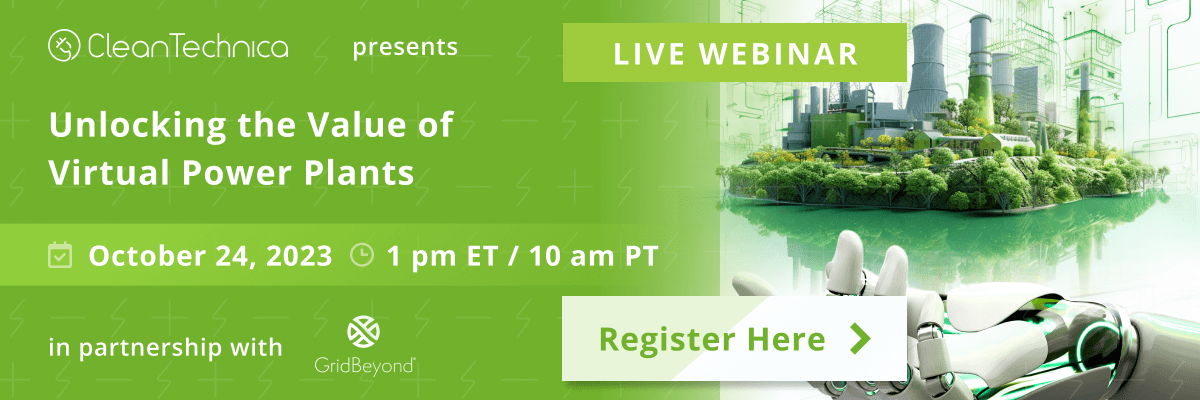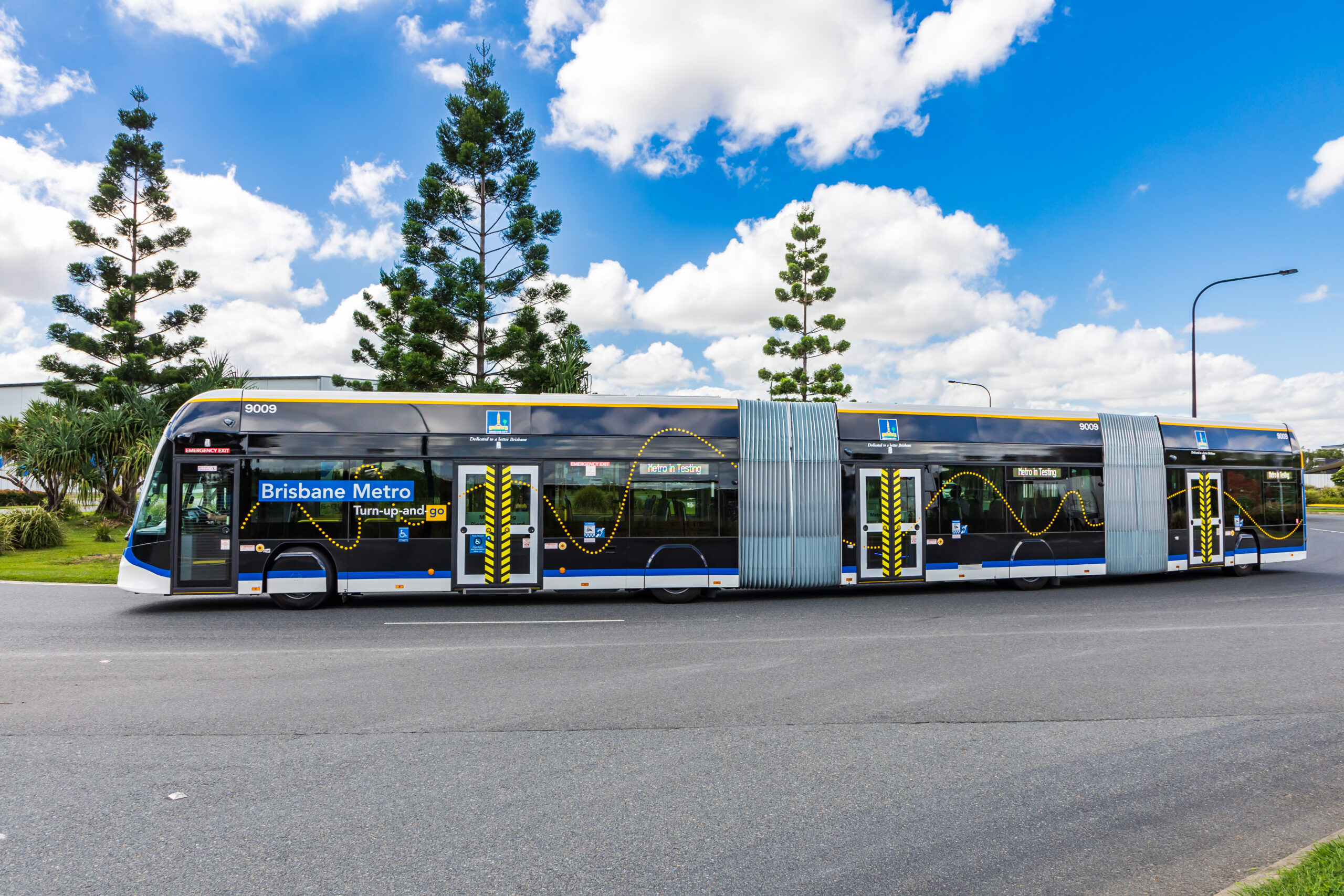Sign up for daily news updates from CleanTechnica on email. Or follow us on Google News!
When we as consumers buy products such as water or soda in plastic bottles, and processed foods in microwaveable containers or take-out foods in plastic containers, and use plastic bags at grocery stores or big box retailers, we might take for granted that plastics are pretty much everywhere. They’re cheap, convenient and easy to use, and just about everyone uses them, so what’s the problem?
Just for starters, much of the plastic products in the US and other countries are single use — they are used once and thrown away. Many are collected and thrown in landfills or taken to incinerators to be burned. Burying single-use plastics in landfills doesn’t solve the problem though, it only makes it far less visible. Burning plastics can generate pollutants that harm both human and animal health. Among some people, these two major problems with plastics are fairly well known. One that is not as familiar is how plastics are connected to climate change.
To provide some insights about this intersection, Ian Arthurs, founder and CEO of Circular.co, answered some questions for CleanTechnica.
What service does your company provide, and to whom?
We built Circular.co to help global brands find the sustainable raw materials they need to meet their environmental goals. Circular is a powerful digital supply chain platform that brings efficiency gains to every aspect of procuring and managing recycled plastic in manufacturing. Our software helps buyers and suppliers search the world for trusted partners, vet, test and run quality assurance, contracting, onboarding, logistics, and even carbon footprinting.
How are plastics connected to climate change, and what can be done to reduce their climate change impacts?
Plastic has a carbon-intense life cycle. The majority of the roughly 400M tons of plastic produced annually comes from fossil fuels. The carbon footprint of all related extraction, production, usage and end of life of that industry is approximately 2 Gigatons of CO2e. These are astronomical numbers, so let me add perspective:
- If you loaded the annual production of plastic resin into semi-trucks parked end to end, the line would circle the earth 12 times.
- 2 Gt of carbon represents more than 4% of all CO2e produced each year, and is 4x the weight of all humans on earth.
The core issue is the astonishing amount of waste: Global recycling rates are below 9%; the rest is either landfilled or incinerated, which is a huge contributor to the carbon footprint. The other downstream effect of low recycling rates is on our ecosystems: 10 million tons of plastics end up in our oceans annually; and by 2050, ocean plastic will outweigh all fish. Microplastics are now in human bodies: The World Wildlife Fund reports the average person ingests 5 grams of plastic per week.
Plastic is interwoven in the fabric of our life and has enabled much of our global society to flourish; it’s not realistic to say we’re going to stop using it. I believe that we can create practical, economically attractive solutions to help manufacturers reduce dependency on virgin, fossil-fuel-based materials.
The solution we focus on right now is helping manufacturers switch to using Post-Consumer Recycled (PCR) plastics in an efficient way. This can have the most immediate impact as increased demand for PCR not only reduces the toxic footprint of virgin production, but in turn stimulates more recyclable supply through greater recovery and innovation, a virtuous cycle. Other innovators focus on designing products with less plastic or plastic alternatives, or designing products for re-use. All of these solutions come together under the banner of circular economy solutions.
Making a real impact on this global plastic problem requires societal, governmental, and economic change. We’re at the beginning of that journey. Following consumer demand, and environmental legislation, thousands of brands have pledged to reduce their use of virgin plastics in the next decade. Some examples include: IKEA’s goal is for all plastic in their products to be renewable or recycled by 2030; Dell committed to 100% of their packaging to be made from recycled or renewable materials by 2030; and Pepsi’s target is to use 50% recycled content in plastic packaging by 2030. The list goes on and on. The more we can do to bring down the barriers to this foundational change the better, that’s why we do what we do.

Image credit: Ian Arthur, Circular.co
Are recycled plastics a commodity? Who buys them, and how can they reduce climate change emissions?
Commodities are raw materials used to create the products consumers buy. So yes, recycled plastics are a commodity. However, not necessarily in the way that most people would think about a commodity like wheat or gold. Standardized commodities conform to recognized standards, are interchangeable, predictable, and that the market for them is liquid and easily accessed. None of those things exist in the market for recycled plastics. But they will be, soon.
It’s important to understand that recycled plastics are made from waste that gets collected, sorted, cleaned, and processed into resin or pellets. From there it can be used as a raw material for manufacturing end products, ideally as a substitute for virgin material. Recycled plastic is not a true commodity market per se, as the primary input is by nature heterogenous. The fact that it comes from mixed up waste and is mechanically recycled (i.e. not perfectly repeatable all of the time) means it’s challenging to create and enforce global standards and that means it’s hard to set up efficient market trading mechanisms to make it easy to buy, sell and use in production. With that, buyers (and sellers) are not really sure what the right price should be and what the future of global supply is, so there’s significant volatility, too. When a brand wants to buy a significant amount of recycled plastic for a production run over many years, it is a long winding, unclear journey that requires significant resilience to succeed. When a seller wants to increase production, they are not sure what the long-term demand will be and as such are reluctant to expand.
These problems have been solved by technology in other industries. That’s our journey: We take the best of modern internet technology that creates liquidity in other previously massive but hard-to-access markets such as travel, transportation and even metals trading. We work with brands and suppliers to understand their process and see where tech can help add data and reduce cost to make using PCR more efficient. We work with organizations like the U.S. Plastics Pact to help define standards and move us towards a more liquid and commoditized market that will drive higher recovery and less waste. Ultimately our vision is to grow into a technology-enabled trading platform for sustainable materials.
Many other innovators are looking at other points in the value chain also including localized collections, AI driven sortation, advanced processing and beyond. All of these solutions are required to make progress on minimizing the impact on our environment.
Is it possible that one day no used plastics are thrown away because they are all recycled?
I like the spirit of the question, but I doubt true zero waste, or 100% recycling rates, is a practical outcome, at least in our lifetime. Plastic is ubiquitous; it is in practically everything we manufacture. Redesigning products for less plastic or reuse is in progress but that is a long journey, primarily because it typically requires the consumer to pay more or change their habits. There is a lot of opportunity to increase recycling rates as the value chain and the market is highly inefficient today.
I think a practical goal is to go from our current 9% recycling rate to 30% by 2030. This would make a huge difference. The conditions for that to happen ultimately boil down to economics — demand and supply of recycled plastics needs to be attractive enough to invest, innovate, and find ways to make it work. We’re at the beginning of that journey as consumer demand changes in favor of sustainability, and as global regulations start to require higher recycling rates and use of recyclates in production.
EPR laws like those in CA, OR, CO, ME and across the EU are growing rapidly and signal a future of opportunity. That in turn stimulates investment and innovation as brands create new sustainable formulas, as recyclers invest in new capacity, as technology increases sortation efficiency and platforms like us create efficient markets.
Is it possible that all plastics one day will be made from fossil fuel-free sources?
Again, I like the spirit and I like to think anything is possible. But, practically it seems unlikely in our lifetime. Plastics power a lot of our global innovation and trade and our ability to conduct many elements of daily life with low cost. That low cost plus incredible performance is very challenging to replace in an economically attractive way with substitute materials.
I feel good about the state of innovation around bio-based plastics and plant-based materials and look forward to more growth, but it will take significant continued R&D to get us to a point of scale where those products make a dent in the total plastics market. I fully support new materials development, and I think we can accelerate it by proving we can make recycled plastics work in an economically attractive way at significant scale. From there, we can demonstrate attractive investment potential, clearly show demand via efficient accessible markets, and in turn drive deeper innovation.
Have a tip for CleanTechnica? Want to advertise? Want to suggest a guest for our CleanTech Talk podcast? Contact us here.
EV Obsession Daily!
I don’t like paywalls. You don’t like paywalls. Who likes paywalls? Here at CleanTechnica, we implemented a limited paywall for a while, but it always felt wrong — and it was always tough to decide what we should put behind there. In theory, your most exclusive and best content goes behind a paywall. But then fewer people read it!! So, we’ve decided to completely nix paywalls here at CleanTechnica. But…
Thank you!
Community Solar Benefits & Growth
CleanTechnica uses affiliate links. See our policy here.





